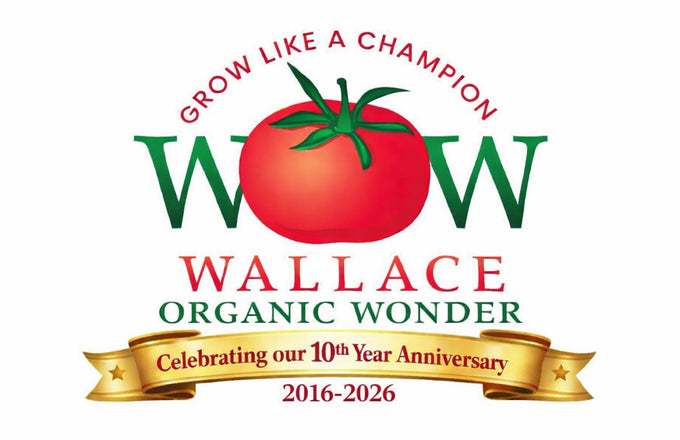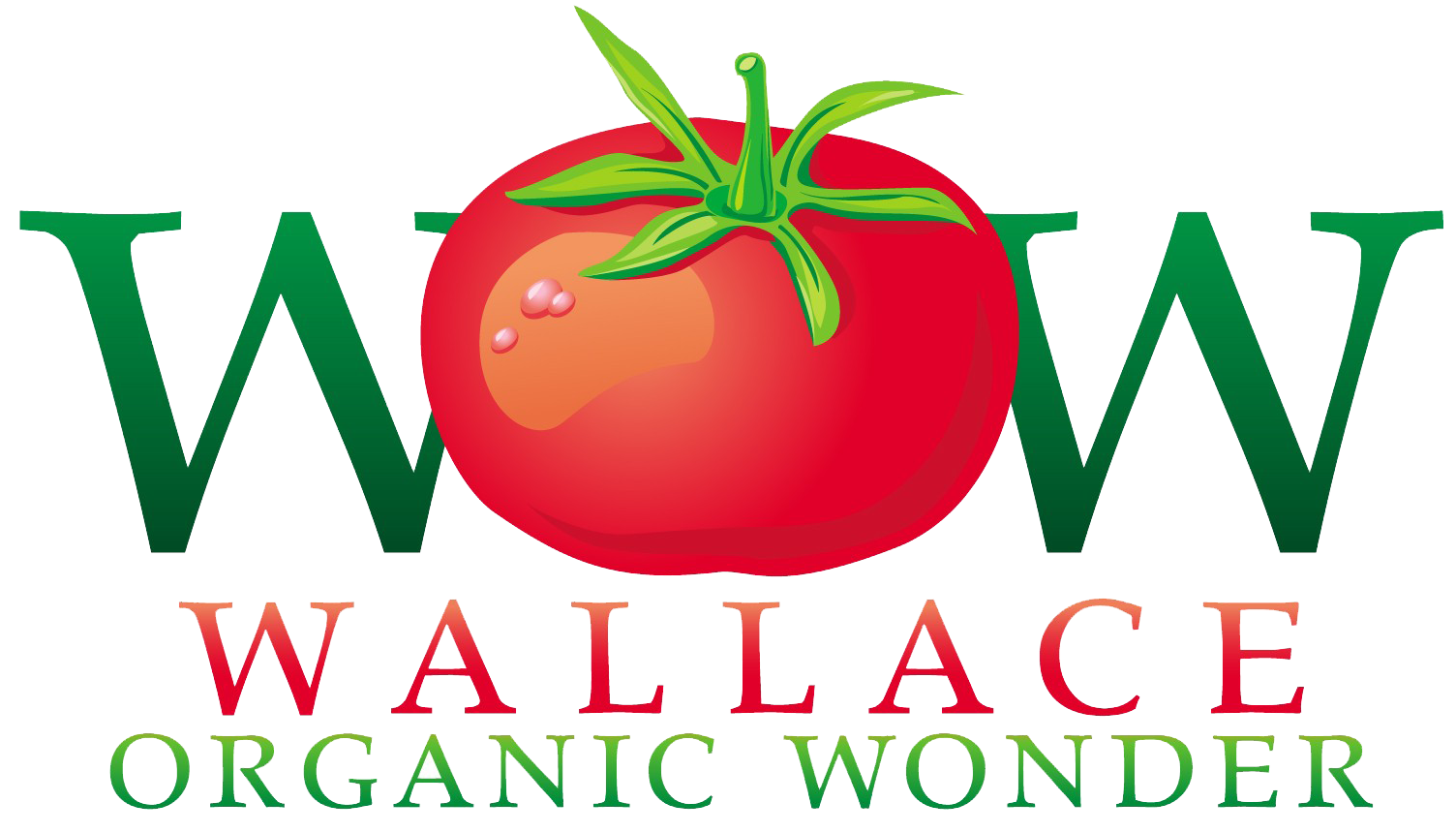The Microbial Matrix
The “Plant / Soil / Biological Matrix” is the foundation of all dynamic and sustainable eco-systems. Healthy soil is supported by a vast world of microbes: bacteria, viruses, and fungi that live in or around the plant system. Microbes support plant health by increasing the availability of nutrients. Microbes also enhance plant root growth and neutralize toxic compounds in the soil, making plants more resistant to disease, heat-flooding, and drought. Additionally, microbes deter pathogens and predators that could be harmful to plant establishment and longevity.
All members of the animal kingdom, including humans, require billions of microbes within their stomachs to help process foods, protect them from disease, and maintain a healthy biological and metabolic balance. Plants don't have stomachs; however, they do have roots, and many of the symbiotic functions that occur in stomachs are replicated on or near the roots of most plants. Exudates are released into the rhizosphere (the area of soil dominated by a plant's root system) which becomes both an environment and food source for a wide range of microbes that form a symbiotic relationship with the host plants.
The Power of Biological Microbes
The symbiotic association known as mycorrhizae has been around for over 450 million years, becoming a fundamental support system that enables most plants to survive and thrive in a terrestrial setting. Mycorrhizal fungi make up over 90% of the living microbial biomass that is present in most soils. The picture to the right provided detailed mycorrhizal hyphae connecting the fine root hairs to vast regions of the soil, where the hyphae transport carbohydrates to other beneficial microbes, particularly plant growth-promoting rhizobacteria (PGPR). The mycorrhiza fungus obtains the carbohydrates that it requires from the roots, and in return provides plant nutrients including nitrogen and moisture through the hyphal network.
Mycorrhizal Hyphae extend through the entire rhizosphere, the area from which plants can access both moisture and nutrients. A gram of soil may contain around 100 meters of hyphae. The microscopic size of these filaments allows them to penetrate pores and cavities in the soil that much larger roots are unable to access. While some plant nutrients such as nitrogen are soluble and move freely through the soil, others such as phosphorus remain locked in the soil and must be mined by microbes on behalf of the host plant. Mycorrhizal fungi release phosphates, and enzymes that can unlock phosphorus and send it back to the plant.
Helpful mycorrhizal associations are found in over 90 percent of the plants on earth, in many crops including trees, especially in forest and woodlands all the way to agricultural, landscaping and garden plants. Here the mycorrhizae create a fine underground mesh that extends greatly beyond the limits of the tree's roots, greatly increasing their feeding range and actually causing neighboring trees to become physically interconnected.
Communities of plant growth-promoting rhizobacteria, or PGPRs, congregate along mycorrhizal hyphae where they can transfer elemental nutrients for use by plants in exchange for a food source. A wide range of these PGPRs, including Azos, are responsible for the supply of 11 of the 14 nutrients required before plants. Ranging from Nitrogen to Phosphorus and Potassium all the way to Copper, Iron, and Zinc. The dynamic interaction between mycorrhizal fungi, plant growth-promoting Rhizobacteria, and their host plants comprise the central components of the “Microbial Matrix.”
Benefits from Biological Inoculation
Glomalin, known as Soil Super Glue, was identified by the USDA / NRCS in 1995. Glomalin is a polysaccharide that is released through mycorrhizal hyphae into the soil. Its primary function appears to be a means by which the soil structure can be modified to enhance the soil texture and stability so a better physical environment is created for aerobic bacteria and fungi. Beneficial microbes that provide nutrients, moisture, and protection to plants prefer an environment with an abundance of air, while pathogens tend to function better in anaerobic environments such as compacted soils. Glomalin also binds coarse sandy soils, reducing the effects of eroding winds and/or water.
Increased access to moisture and nutrients is a direct function of the root surface area, which is multiplied by the addition of mycorrhizal hyphae. Plants colonized with mycorrhizal fungi produce significantly larger root mass and are therefore more capable of handling stress from drought, pathogen attacks, and other forms of environmental stress. Mycorrhizal plants have access to more volume, and therefore more moisture compared to plants that are not colonized by mycorrhizal fungi.
A tablespoon of soil from a healthy ecosystem contains billions of beneficial microbes and enough mycorrhizal hyphae to stretch the length of a football field.
A soil without biology is not complete if all the factors that combine to create a self-sustaining ecosystem. With a symbiotic relationship that dates back 450 million years, mycorrhizal associations have evolved into a critical component of successful restoration projects across several continents.


